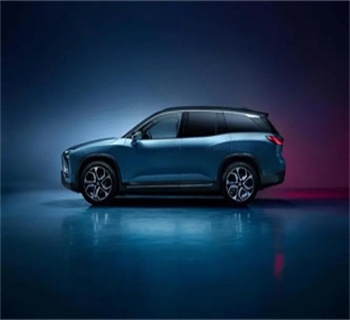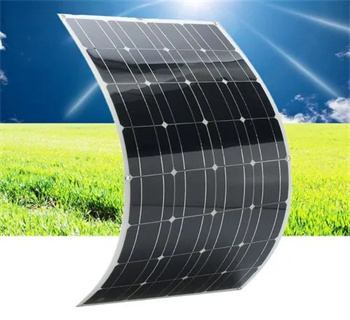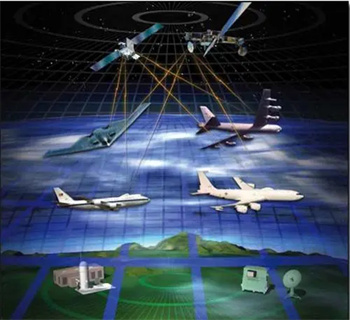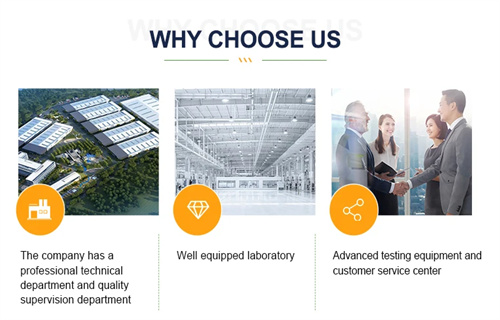Overview of Lithium Battery Anode Material: Few-Layer Graphene
Few-layer graphene, a revolutionary material in the realm of lithium-ion battery technology, has emerged as a promising anode material. Graphene, a two-dimensional carbon allotrope, exhibits exceptional electrical conductivity, mechanical strength, and chemical stability. By reducing the number of layers to a few atoms, few-layer graphene offers a unique combination of properties that make it an ideal candidate for enhancing the performance of lithium-ion batteries.
Characteristics of Few-Layer Graphene as Lithium Battery Anode Material
Enhanced Lithium Storage Capacity: Few-layer graphene provides a large surface area for lithium ion adsorption, leading to a higher storage capacity compared to traditional anode materials.
Excellent Conductivity: Its exceptional electrical conductivity ensures rapid charge transfer, enhancing the battery's power delivery capabilities.
Stable Structural Framework: The robust structure of few-layer graphene maintains stability during the charging and discharging cycles, prolonging battery lifespan.
Fast Charging Capability: The reduced interlayer spacing in few-layer graphene allows for faster lithium ion diffusion, enabling quicker charging times.
High Energy Density: The high energy density of few-layer graphene anodes contributes to increased battery performance and longer runtime.
Application of Few-Layer Graphene in Lithium Batteries
Advanced Smartphones and Tablets: Few-layer graphene anodes can enhance the battery performance of mobile devices, providing longer battery life and faster charging.

Advanced Smartphones and Tablets
Electric Vehicles and Hybrid Vehicles: The high energy density and fast charging capabilities of few-layer graphene make it ideal for powering electric and hybrid vehicles.

Electric Vehicles and Hybrid Vehicles
Renewable Energy Storage: Few-layer graphene's stability and long lifespan are beneficial for renewable energy systems, such as solar and wind power, where reliable energy storage is crucial.

Renewable Energy Storage
Wearable Technology: The lightweight and flexible nature of few-layer graphene makes it suitable for use in wearable devices, where battery weight and size are critical factors.

Wearable Technology
Space and Military Applications: The extreme performance of few-layer graphene batteries is well-suited for demanding applications in space exploration and military operations.

Space and Military Applications

Company Profile
NANOTRUN(www.rboschco.com) is a trusted global chemical material supplier & manufacturer with over 12-year-experience in providing super high-quality chemicals and nanomaterials, including boride powder, nitride powder, graphite powder, sulfide powder, 3D printing powder, etc.
The company has a professional technical department and Quality Supervision Department, a well-equipped laboratory, and equipped with advanced testing equipment and after-sales customer service center.
If you are looking for high-quality Few-Layer Graphene in Lithium Batteries, please feel free to contact us or click on the needed products to send an inquiry.
Payment Term
L/C, T/T, Western Union, Paypal, Credit Card etc.

Shipment Term
By sea, by air, by express, as customers request.
FAQ
What are the key advantages of using few-layer graphene as an anode material in lithium batteries?
Re: The key advantages of using few-layer graphene as an anode material in lithium batteries include its exceptional conductivity, large surface area for enhanced lithium storage capacity, and robust structural stability that prolongs battery lifespan.
How does the use of few-layer graphene improve battery charging speeds?
Re: The reduced interlayer spacing in few-layer graphene facilitates faster lithium ion diffusion, enabling quicker charging speeds and shorter charging times compared to traditional battery anode materials.
Are there any challenges associated with the use of few-layer graphene in lithium batteries?
Re: One challenge with the use of few-layer graphene in lithium batteries is the high cost of production. Additionally, the material's sensitivity to moisture and oxygen requires careful handling and packaging to maintain its stability.
What kind of devices can benefit from the use of few-layer graphene as a lithium battery anode material?
Re: Devices that require high energy density, fast charging capabilities, and long battery life can benefit from the use of few-layer graphene as a lithium battery anode material. This includes advanced smartphones, tablets, electric vehicles, and renewable energy storage systems.
Is few-layer graphene a viable alternative to current lithium battery anode materials?
Re: Few-layer graphene is a promising alternative to current lithium battery anode materials due to its unique combination of properties. However, further research and development are needed to optimize its production processes and reduce costs before it becomes widely adopted in the industry.
Graphene Powder Properties | |
| Other Names | Graphene nanopowder, 2D carbon, monolayer graphene, bilayer graphene, graphene nanosheets, graphene nanoribbons, graphene nanoplatelet |
| CAS No. | 1034343-98-0 |
| Compound Formula | C |
| Molecular Weight | 12.01 |
| Appearance | Black Powder |
| Melting Point | 3652-3697℃ |
| Boiling Point | 4200℃ |
| Density | 2.267 g/cm3 |
| Solubility in H2O | N/A |
| Thermal Expansion | N/A |
Graphene Powder Health & Safety Information | |
| Signal Word | N/A |
| Hazard Statements | N/A |
| Hazard Codes | N/A |
| Risk Codes | N/A |
| Safety Statements | N/A |
| Transport Information | N/A |




